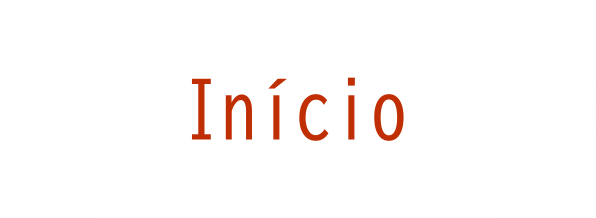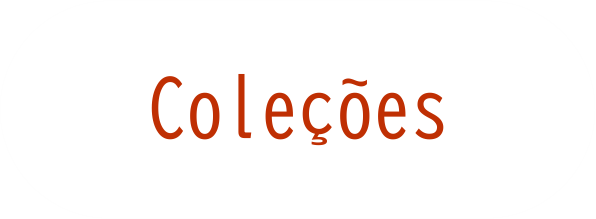Evaluation of repellent properties of botanical extracts against Culex tritaeniorhynchus Giles (Diptera: Culicidae)
Autor(es): Elango, Gandhi; Rahuman, Abdul Abdul; Zahir, Abdul Abduz; Kamaraj, Chinnaperumal; Bagavan, Asokan; Rajakumar, Govindasamy; Jayaseelan, Chidambaram; Santhoshkumar, Thirunavukkarasu; Marimuthu, Sampath
Resumo: In recent times, there were considerable efforts made to promote the use of environmentally friendly and biodegradable natural insecticides and repellents, particularly from botanical sources. The present study explored the effects of crude leaf ethyl acetate, acetone, and methanol extracts of Aegle marmelos (L.) Correa ex Roxb, Andrographis lineata Wallich ex Nees., Andrographis paniculata (Burm.f.) Wallich ex Nees., Cocculus hirsutus (L.) Diels, Eclipta prostrata L., and Tagetes erecta L. on repellent activity against Culex tritaeniorhynchus Giles. The maximum repellent activity was observed at 500 ppm in methanol extracts of A. marmelos, ethyl acetate extracts of A. lineata, C. hirsutus, and E. prostrata and the mean complete protection time ranged from 120 to 150 min with the different extracts tested. The ethyl acetate extract of A. lineata showed 100% repellency in 120 min; acetone extracts of A. marmelos and C. hirsutus and methanol extract of T. erecta showed complete protection in 90 min at 250 ppm, respectively. These results suggest that the leaf extracts of A. marmelos, A. lineata, and C. hirsutus have the potential to be used as an ideal eco-friendly approach for the control of the C. tritaeniorhynchus. Therefore, this study provides first report on the repellent activity against Japanese encephalitis, C. tritaeniorhynchus of plant extracts from Southern India.
Palavras-Chave: Anopheles-subpictus grassi; Aedes Aegypti diptera; Plant-extracts; Essential oils; Leaf extract; Mosquito vectors; Larvae; Arabiensis; Thailand
Imprenta: Parasitology Research, v. 107, n. 3, p. 577-584, 2010
Identificador do Objeto Digital: 10.1007/s00436-010-1897-8
Descritores: Aedes aegypti - Repellent
Data de Publicação: 2010








